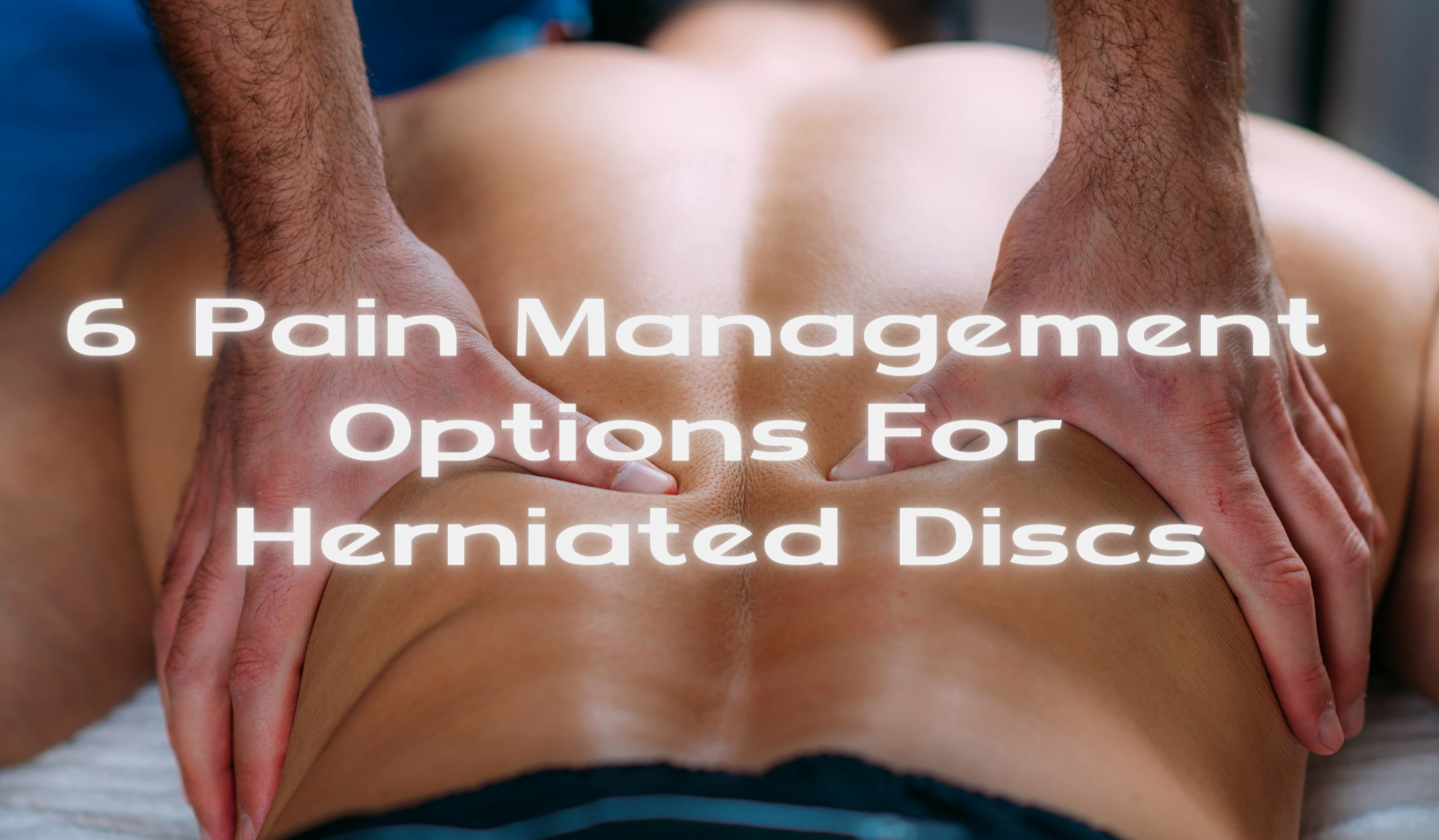The human spine has rubbery cushions called discs located between bones called vertebrae. The discs and vertebrae sit on top of each other to form a vertical column. The disc is composed of jelly-like fluid called the nucleus, enclosed in a harder rubbery covering called the annulus.
A herniated disc occurs when some of the nuclei push out through a rupture of the annulus. It happens due to degeneration as you age or due to injury. A herniated disc will mostly heal on its own, but when the disc presses on the nerves, it will cause persistent pain and swelling that may warrant a visit to the doctor for pain management.
Herniated discs commonly occur in the lumbar region (lower back) but may also occur in the cervical region. This is the area that runs from the base of the neck to the abdomen. Rarely is the thoracic region (around the neck) affected. The area and extent of the pain that is experienced indicate where the ruptured disc is situated. Another factor to consider is when the disc is pressing on a nerve.
A herniated disc usually causes pain in the leg or arm. If the disc affected is located in the lower back, you’ll experience pain in the thigh, calf, and buttocks. Pain in the foot may also be experienced.
If the herniated disc is in your neck, the pain will be in your arm and shoulder. When you sneeze, cough, or move your body in a certain way, you’ll experience a sharp and burning pain that’ll shoot through your arm and leg.
The following are pain management or treatment for herniated discs including but not limited to:
- Physical Therapy
Exercises can relieve some symptoms associated with a herniated disc. Your therapist will guide you on exercises that’ll strengthen your back muscles and relieve swelling and inflammation. They can be stretching exercises or even walking. Exercise stimulates blood flow and oxygen to the spine.
Physical therapy also involves hot or cold compresses, deep massage, hydrotherapy, and electrical muscle stimulation.
- Rest
You may be required to rest for a few days to relax your back. Resting will involve intervals of moving for reasonable amounts of time and bed rest as your pain management specialist will advise. Lying down for long intervals will only worsen the condition. Once the pain subsides and you get back to your daily routine, make sure you avoid sitting for long hours.
- Pain Relieving Medication
Over-the-counter medications like ibuprofen or naproxen may help relieve the pain from herniated discs. The kind of medication applied depends on the severity of the condition. It’s, however, noteworthy that pain relievers should be used only for a short time. If it does not improve, it’s best to see a medical expert.

- Steroid Injections
If physical therapy, rest, or pain relievers don’t mitigate the pain, the affected area can be injected with a steroid. This injection is mostly applied in the lumbar region. It involves the administration of local anesthetic and steroid medication directly into the affected area by a pain management specialist. X-ray or CT scans are used to locate the right spot to inject. The steroid injection relieves acute back pain and postpones surgery.
- Brace Supports
Mobility of the affected area always causes pain. Wearing a brace to limit movement will help the affected area to heal faster. The braces are meant to stabilize your back for minimal muscle movement. They come with an adjustable padded belt that compresses the affected region of your back. The location and severity of your herniated disc will determine how long you wear the braces.
- Surgery
Herniated discs treatment through surgery is usually the last option because most conditions improve in a few weeks after rest or after other methods of pain management are applied.
Surgery may involve the removal of a part or all of the herniated disc. It creates more space to accommodate the nerve roots or replacement of the herniated disc with an artificial one.
Conclusion
Even though aging is inevitable and is the main factor that affects the degeneration of the spine, herniated discs can be prevented. Exercising regularly will help strengthen your spine. Maintaining a good posture while sitting or walking will strengthen your back muscles and relieve neck and shoulder pains. Take breaks in regular intervals to stretch if your work involves sitting for long hours.
Lastly, living a healthy lifestyle can be the key also. Strive to lose excess weight, eat healthily, and stop smoking.
